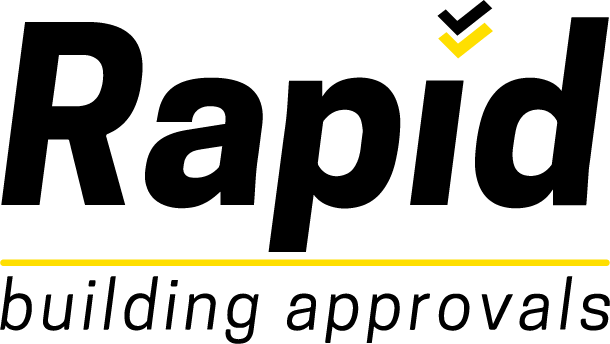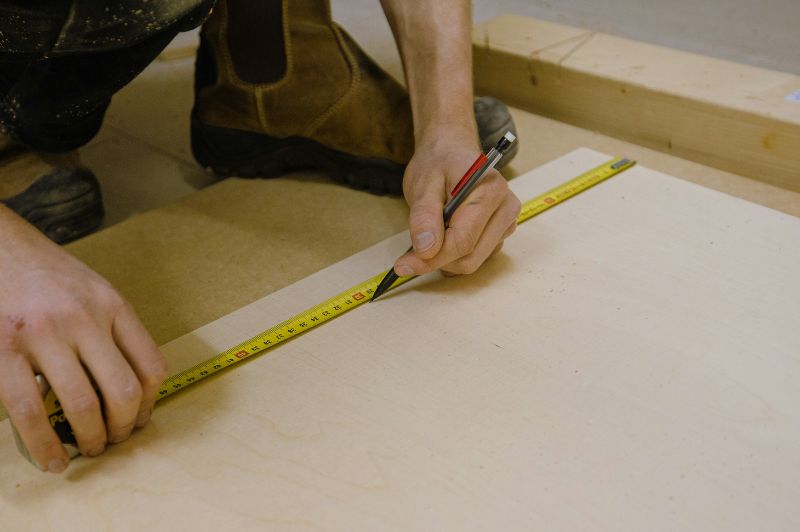A Complete Guide to Building Classes in Queensland
Understanding the various building classes is essential for anyone involved in construction, design, or property management in Queensland. The National Construction Code (NCC) groups buildings and structures into distinct classes based on their intended use, size, and design. These classifications not only dictate the specific building regulations and standards that apply but also impact areas such as insurance, safety, energy efficiency, and accessibility. In this guide, we’ll explore each building class, key considerations for compliance, and how these classifications affect your project.
Class 1: Residential Buildings
Class 1a: Single Dwellings
Class 1a covers the traditional single-family homes and includes:
- Detached Houses: Standalone homes built on individual lots.
- Townhouses, Row Houses, and Terrace Houses: Attached dwellings that share common walls but typically have individual entries.
Key Considerations:
- Energy Efficiency: Meeting insulation and energy performance requirements.
- Fire Safety: Ensuring proper fire exits and smoke alarms.
- Accessibility: Incorporating features that support ease of movement for all residents.
Class 1b: Small-Scale Accommodation
This class includes smaller residential accommodations such as:
- Boarding Houses, Guest Houses, and Hostels: Facilities with a floor area of less than 300 m².
- Short-Term Holiday Accommodation: Developments that consist of four or more single dwellings on one allotment.
Key Considerations:
- Similar to Class 1a, energy efficiency, fire safety, and accessibility are paramount to ensure a safe and comfortable environment for occupants.
Class 2: Apartment Buildings
Class 2 covers multi-unit residential buildings where each unit is designed for individual occupancy. This class also includes attached dwellings that share common spaces below, such as basements or car parks.
Key Considerations:
- Energy Efficiency: High-performance insulation and energy-saving systems are critical.
- Fire Safety: Robust fire detection and suppression systems.
- Accessibility: Ensuring common areas and individual units are accessible for everyone.
Class 3: Long-Term and Transient Living Accommodations
This class encompasses a variety of living arrangements, including:
- Larger Boarding Houses and Hostels
- Backpackers Accommodation
- Residential Parts of Hotels, Motels, Schools, or Detention Centres
- Workers’ Quarters: For industries such as agriculture or mining.
- Some Care-Type Facilities: Facilities not classified under Class 9.
Key Considerations:
- Compliance with standards for energy efficiency, fire safety, and accessibility ensures that these diverse living environments remain safe and habitable.
Class 4: Dwellings in Non-Residential Buildings
Class 4 is designed for dwellings that are integrated within non-residential buildings. An example is:
- Caretaker’s Residences: Living spaces within larger commercial or institutional buildings (Classes 5 to 9).
Key Considerations:
- These spaces must meet the same rigorous standards for energy efficiency, fire safety, and accessibility as standalone residential buildings.
Class 5: Office Buildings
Class 5 buildings are professional environments such as:
- Professional Offices: Used by accountants, lawyers, government agencies, and other service providers.
Key Considerations:
- Standards focus on ensuring energy efficiency, fire safety, and accessibility in a workspace environment.
Class 6: Retail and Service Buildings
This class covers buildings used for commercial purposes, including:
- Shops and Shopping Centres
- Restaurants and Cafés
- Bars and Dining Areas in hotels or motels
- Hairdressers and Barber Shops
- Public Laundries
- Markets and Showrooms
- Funeral Parlours
Key Considerations:
- Regulations are in place to ensure that these spaces operate safely, efficiently, and with accessibility for all users.
Class 7: Carparks and Storage Buildings
Class 7a: Carparks
This sub-class includes parking structures for vehicles.
Class 7b: Warehouses and Wholesale Storage
Includes:
- Storage Buildings
- Buildings for Displaying Wholesale Goods
Key Considerations:
- Ventilation: Adequate ventilation, including mechanical systems and air quality monitoring, is essential.
- Energy Efficiency, Fire Safety, and Accessibility: Must all be considered to ensure safe and functional spaces.
Note: Building certifiers can provide detailed information on ventilation standards specific to carparks and storage facilities.
Class 8: Factories and Production Facilities
Class 8 covers industrial and production environments such as:
- Manufacturing Plants
- Workshops (e.g., for mechanics)
- Laboratories
- Food Processing Facilities (including abattoirs)
Key Considerations:
- Compliance with energy efficiency standards, robust fire safety measures, and accessibility requirements is critical in these settings.
Class 9: Public Buildings
Class 9a: Health-Care Buildings
Includes:
- Hospitals
- Day Surgery Clinics
Class 9b: Assembly Buildings
Encompasses:
- Schools and Universities
- Churches
- Theatres and Cinemas
- Sports Facilities
- Nightclubs
Class 9c: Aged Care Facilities
Dedicated to providing safe and accessible care for the elderly.
Key Considerations:
- Stringent standards for energy efficiency, fire safety, and accessibility ensure that public spaces are safe and welcoming for all users.
Class 10: Non-Habitable Buildings and Structures
Class 10a: Non-Habitable Buildings
This includes structures not intended for living, such as:
Class 10b: Structures
Covers other constructions like:
- Fences
- Masts and Antennas
- Retaining Walls
- Swimming Pools
Class 10c: Private Bushfire Shelters
Structures associated with, but not attached to, a Class 1a building.
Key Considerations:
- Despite being non-habitable, these structures still need to meet standards for energy efficiency, fire safety, and accessibility where applicable.
How Can We Help
At Rapid Building Approvals, we understand that navigating Queensland’s building classes and associated regulations can be complex. Our team of experienced building certifiers and professionals is here to guide you through every step of the process—from understanding which building class applies to your project to ensuring full compliance with the relevant standards and codes.
Whether you’re embarking on a new residential development, or planning any construction project, our expertise ensures that you receive accurate advice, timely approvals, and a streamlined process. Contact us today to discuss your project and discover how we can help you meet Queensland’s building requirements with confidence.
Understanding and adhering to the various building classes in Queensland is crucial to the success of any construction project. With proper planning, professional guidance, and a commitment to meeting regulatory standards, you can ensure a safe, efficient, and compliant build. Let Rapid Building Approvals be your trusted partner in navigating this complex landscape.

